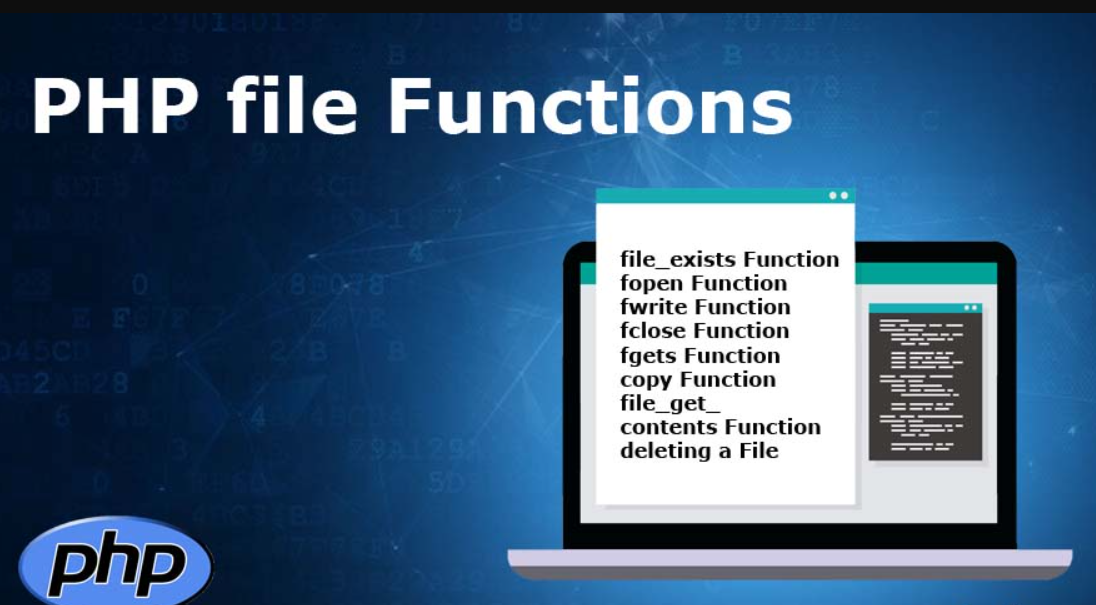Table of Contents:
- Introduction to Laravel and PHP Frameworks
- Core Features of Laravel
- Comparing Laravel with Other PHP Frameworks
- When to Choose Laravel Over Other PHP Frameworks
- Integrating Laravel Packages for Enhanced Functionality
- Performance Considerations
- Community Support and Resources
- Future Trends in Laravel and PHP Frameworks
- Best Practices for Laravel Deployment
- Conclusion
1. Introduction to Laravel and PHP Frameworks
Laravel, a prominent PHP framework known for its elegant syntax and robust features, offers a high level of productivity and efficiency in web development. Compared to traditional PHP development, Laravel provides a structured and scalable approach to building applications.
2. Core Features of Laravel
Laravel is celebrated for its expressive coding style, MVC architecture, powerful ORM (Eloquent), and extensive library of pre-built functions and packages, significantly reducing development time and effort.
3. Comparing Laravel with Other PHP Frameworks
Laravel stands out for its comprehensive feature set, including built-in authentication, easy routing, session management, and a vast ecosystem of packages. Other PHP frameworks like CodeIgniter, Yii, and Symfony also offer unique benefits, but Laravel’s all-encompassing environment often makes it the preferred choice for complex projects.
4. When to Choose Laravel Over Other PHP Frameworks
Laravel is particularly suited for applications requiring complex backend functionality, extensive database interactions, and scalable infrastructure. Its ORM, templating engine (Blade), and artisan command-line tool simplify these tasks.
5. Integrating Laravel Packages for Enhanced Functionality
Laravel packages ecosystem allows developers to easily extend the framework’s capabilities without reinventing the wheel, covering everything from payment processing and social login integrations to advanced data handling and API management.
6. Performance Considerations
While Laravel offers immense functionality, it’s important to consider potential performance overheads compared to lighter PHP frameworks. Proper optimization and server configuration can mitigate these concerns.
7. Community Support and Resources
Laravel’s active and growing community contributes to a vast pool of knowledge, tutorials, forums, and third-party packages, providing valuable support for both novice and experienced developers.
8. Future Trends in Laravel and PHP Frameworks
As web development continues to evolve, Laravel is expected to remain at the forefront, with ongoing updates enhancing its performance, security, and feature set to meet the latest web standards and developer expectations.
9. Best Practices for Laravel Deployment
Successful deployment involves careful planning, including environment configuration, dependency management, database migrations, and testing. Leveraging Laravel’s built-in tools for deployment can streamline this process.
10. Conclusion
Laravel’s comprehensive features, ease of use, and strong community support make it an excellent choice for many web development projects. However, selecting the right framework depends on specific project requirements, performance considerations, and developer expertise.
Frequently Asked Questions (FAQs)
- What makes Laravel different from other PHP frameworks?
- Laravel’s expressive syntax, Eloquent ORM, Blade templating engine, and extensive package ecosystem set it apart from other frameworks.
- Is Laravel suitable for high-traffic applications?
- Yes, with proper optimization, server configuration, and caching, Laravel can efficiently handle high-traffic applications.
- How does Laravel’s performance compare to lighter PHP frameworks like CodeIgniter?
- While Laravel provides more out-of-the-box features, which can add overhead, performance can be optimized to be on par with lighter frameworks like CodeIgniter for many applications.
- Can Laravel be used for microservices architecture?
- Yes, Laravel’s Lumen micro-framework is specifically designed for building microservices and APIs, offering a lighter, faster alternative for this architecture.
- How often does Laravel receive updates?
- Laravel has a consistent update cycle, with major releases typically happening once every six months, ensuring the framework stays current with new web technologies and security practices.
For more detailed insights and comparisons, developers and decision-makers should explore dedicated resources and community discussions to make informed choices tailored to their specific project needs.


